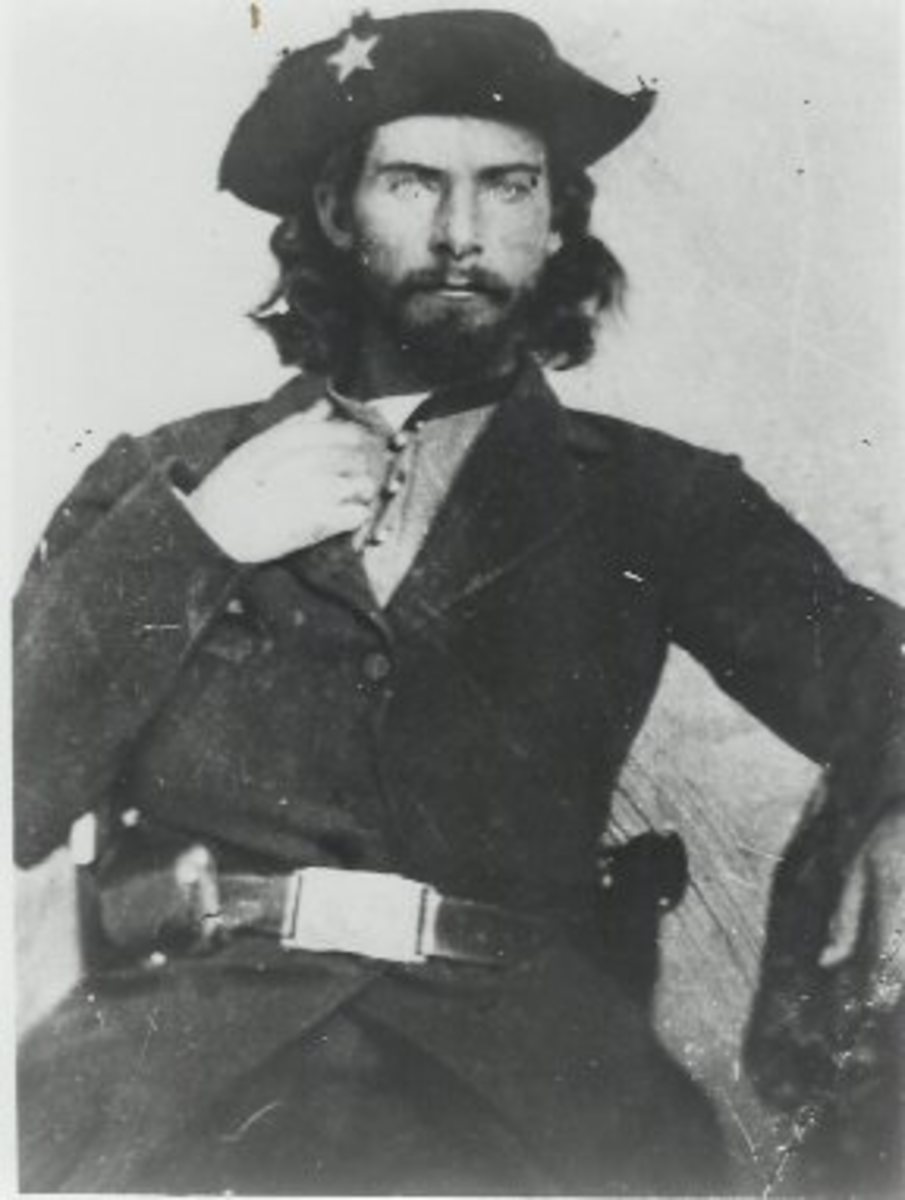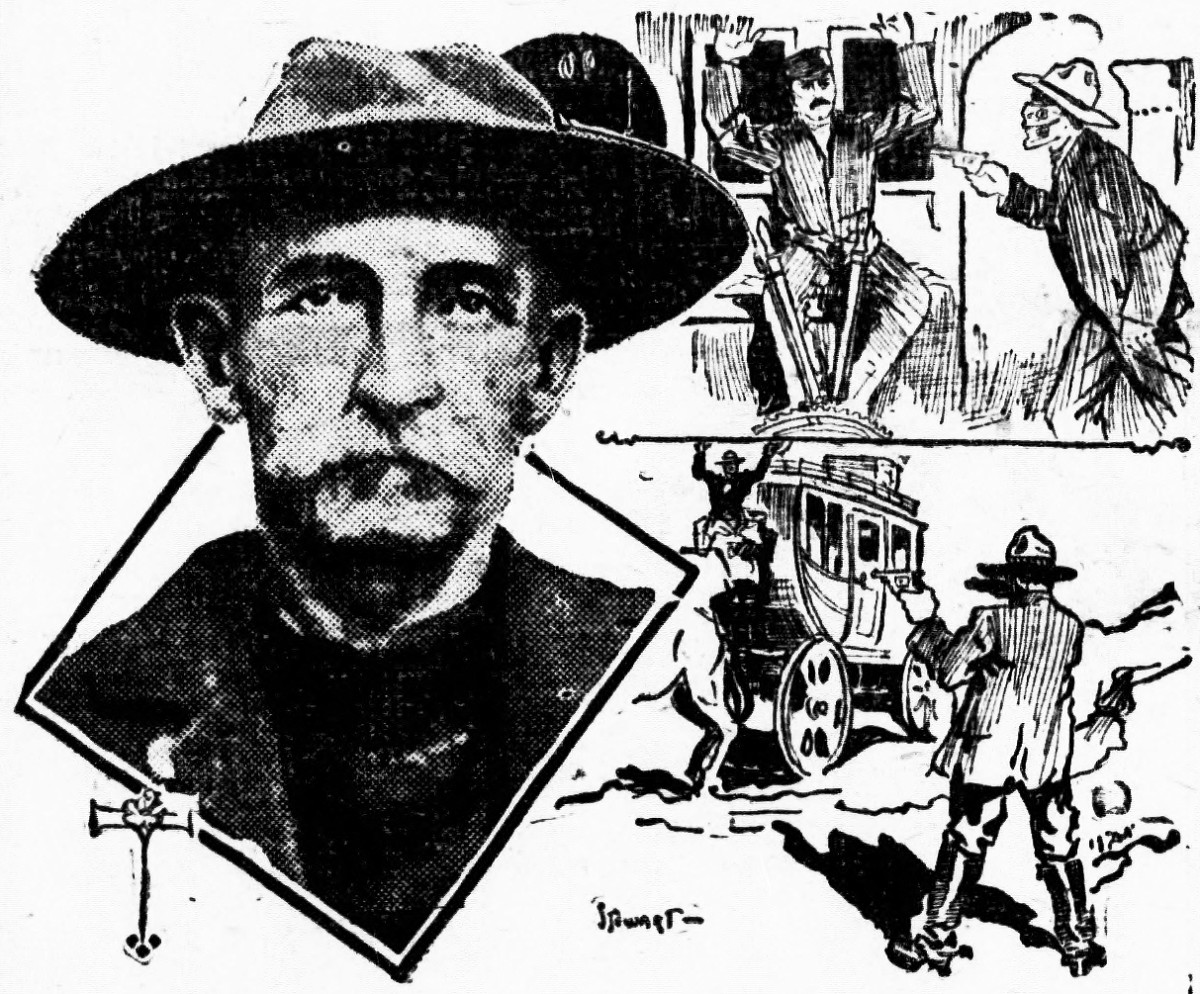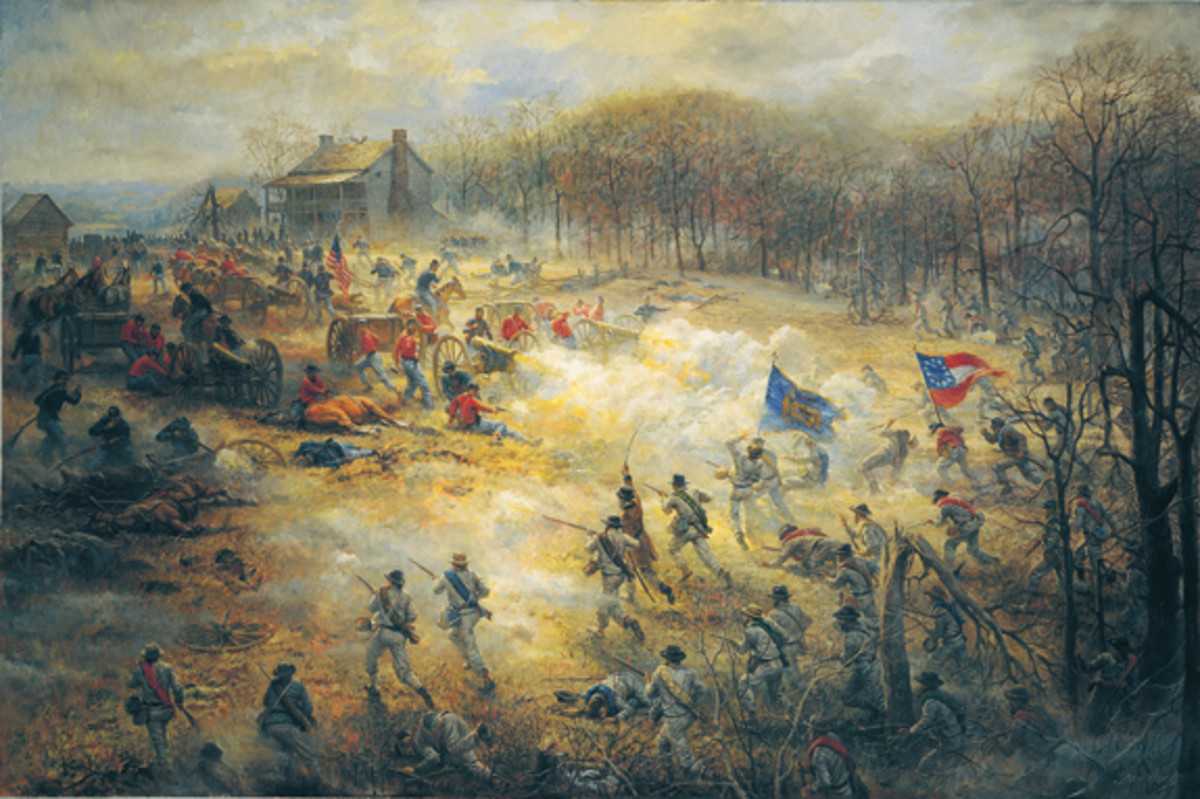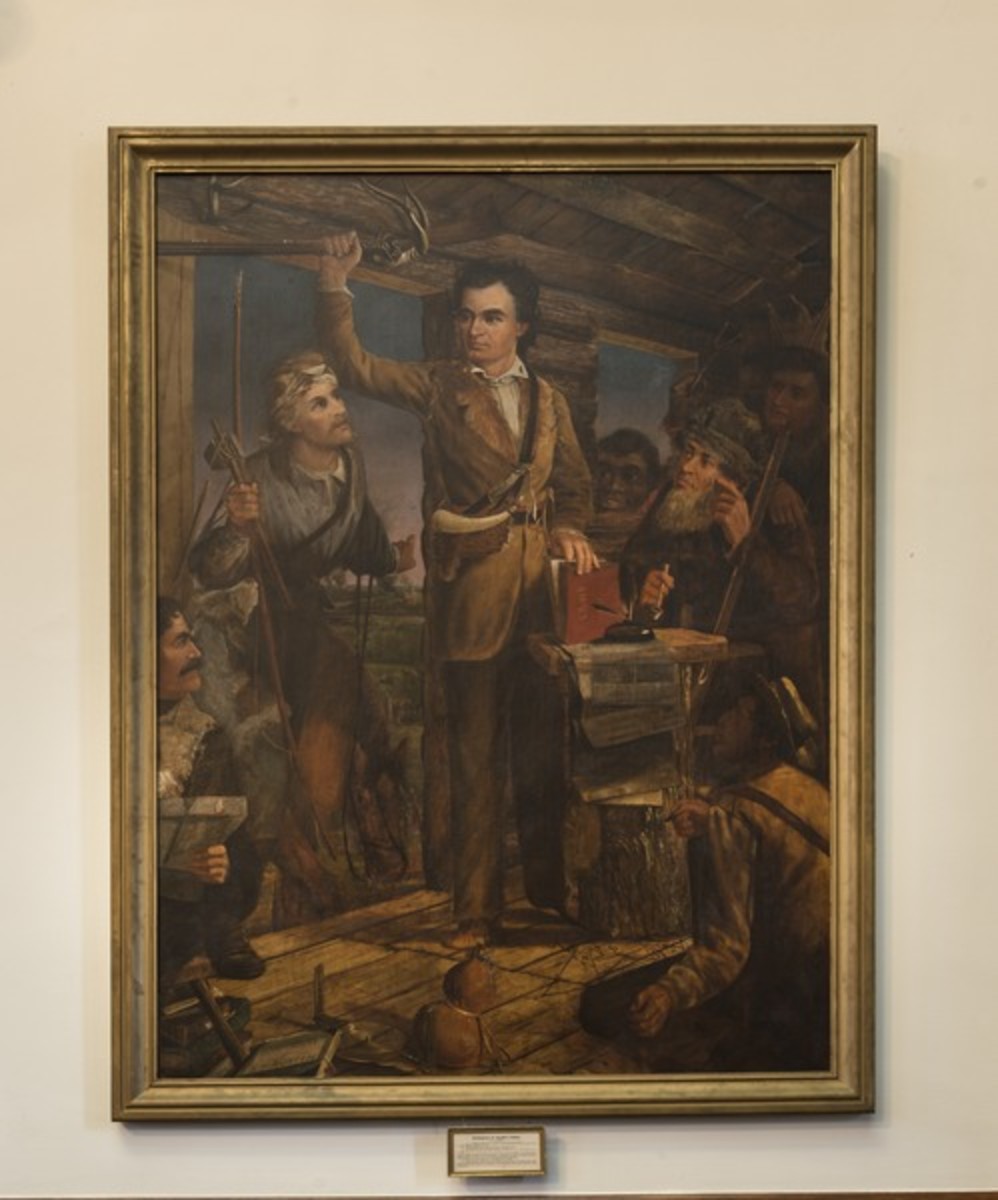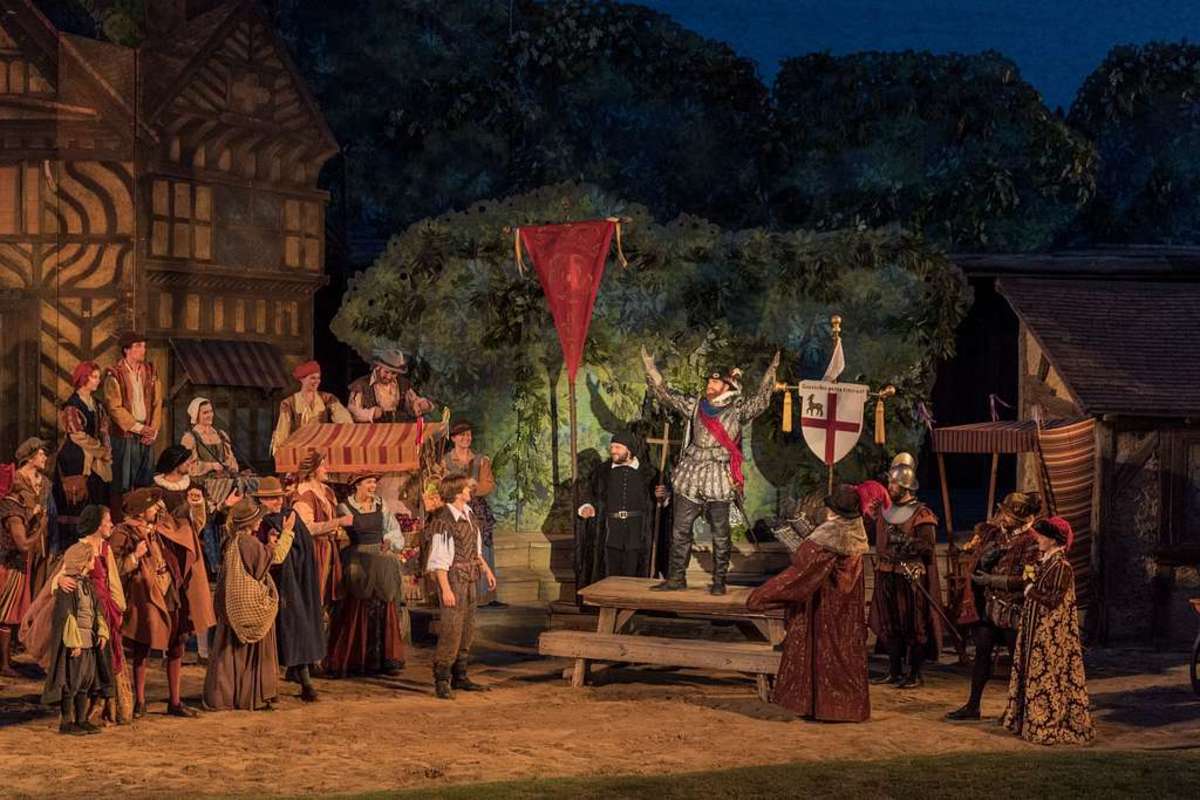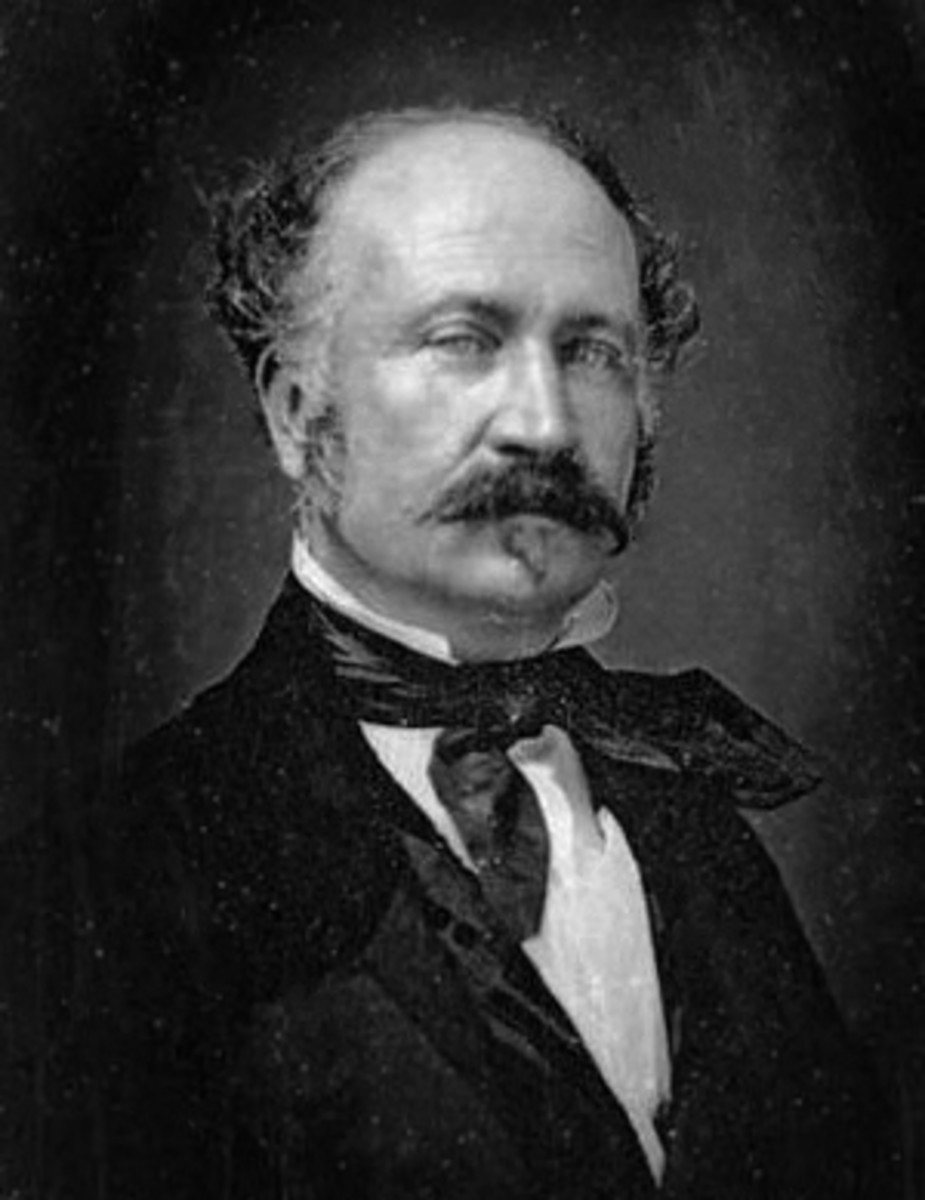- HubPages»
- Education and Science»
- History & Archaeology»
- History of the Americas
Death of "Bloody Bill" Anderson

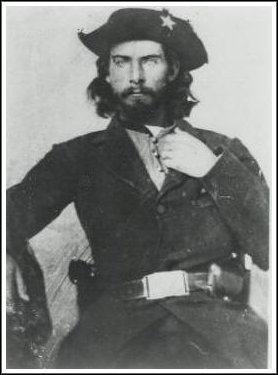
It’s not known exactly when William T. Anderson began being called "Bloody Bill," but if anyone ever deserved such a name, it was him. Anderson once rode with the infamous “Quantrill’s Raiders” during the Civil War but later formed his own band of Missouri guerillas. He hated Yankees with a passion and was well known for ruthlessly scalping, decapitating and viciously mutilating the bodies of Union troops, as well as civilian sympathizers to the northern cause. It was said he had a silk cord on which he tied a knot for each one he killed. Many considered him a true psychopath.
Bill was described as a tall man with shoulder length black hair. He was born in Kentucky sometime in 1839, one of six children, to William Anderson and Martha Thomason growing up near Huntsville in Randolph County Missouri. In 1857 he moved with his family to Agnes City in Kansas.
Some say Bill’s bloody career began in March of 1862 when his father was murdered. It happened while he and his brother Jim were away on business at Fort Leavenworth Kansas. It’s not known who actually killed him. It was deduced the guilty party was either Union sympathizers, a squad of Federal troops or a neighbor who believed he had stolen some horses from him. In any case, history records the accusing neighbor later died at the hands of Bloody Bill.
Enraged at his father’s murder, Bill was quick to exact revenge. He stealthily crept up behind Union lines and broke the neck of a sentry. The following night he killed another soldier and was almost caught by another who happened upon the scene. He was forced to shoot him.The same night he headed for the Missouri border and joined up with Quantrill’s Raiders.
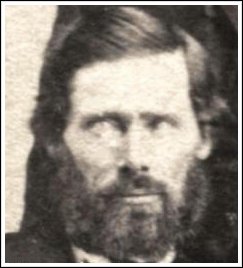
The Civil War was fought ruthlessly by both sides. No level was too low to sink in order to accomplish their goals. The Federal army was known to capture friends and relatives of their enemies threatening their lives to put an end to the constant harassment of the southern guerillas. The Anderson family was naturally at the top of the list.
In August of 1863, Bill’s three sisters, along with several other women, were arrested and imprisoned in a Kansas City hotel in hopes of getting the guerillas to show themselves. The building in which they were being kept was not structurally sound and collapsed, killing one sister and permanently maiming another. Most historians believe this is the reason behind the attack on Lawrence, Kansas during which the city was razed to the ground August 21st 1863.
Bill was content to ride with Quantrill, until a quarrel between the two in 1864 caused him to split off and form his own guerilla band. Bloody Bill’s guerillas included 16 year old Jesse James and became even more feared than Quantrill’s. Federal soldiers were killed on sight as well as Union sympathizers. Their homes and stores were raided and any who resisted was murdered.
Bloody Bill once wrote a letter to a local newspaper which read in part, "I have chosen guerilla warfare to revenge myself for the wrongs that I could not honorably avenge otherwise. I lived in Kansas when the war commenced. Because I would not fight the people of Missouri, my native state, the Yankees sought my life but failed to get me. They revenged themselves by murdering my father, destroying all my property, murdered one of my sisters and have kept the other two in jail for 12 months. But I have fully glutted my vengeance. I have killed many, I am a guerilla. I have never belonged to the Confederate Army, nor do my men."
On September 27th 1864, Centralia, Missouri was raided by Anderson and his group wearing confiscated Confederate army uniforms. The town was mercilessly looted, burned and ransacked. Reportedly Anderson’s men hung the bloody scalps of their victims from their horse bridles.
Shortly afterwards they attacked a Northern Missouri Railroad train and robbed the passengers. The 22 Union soldiers onboard were all lined up along the railway track and shot. They left a sergeant alive to tell the tale. It was said only one other Union soldier’s life was spared by Bill and that was an officer who displayed uncommon valor in battle.
The sergeant wasted no time in notifying his superiors and the 39th Missouri mounted Infantry set out in pursuit of Anderson and his guerillas. Bloody Bill knew he would need more troops if he was to confront them. Another band of guerrillas led by George Todd joined up to make a larger force numbering several hundred.
Johnston's army was cut to ribbons. No prisoners were taken. Even those attempting to surrender were shot. Over 120 men were slaughtered. Not only were they shot and killed, but their bodies were decapitated and mutilated. The powers that be decided it was time to put an end to Bloody Bill once and for all.
The task of removing this thorn in their side fell to Colonel Samuel P. Cox; an experienced veteran of many campaigns…experienced enough to know attacking Anderson head on might work, but would also result in needless casualties. Cox felt the best strategy was to lay an ambush.
On Oct 26, 1864, just south of Richmond, Missouri, Cox’s force caught Bill and his guerilla band completely off guard. During the battle, it was said Bill and a comrade in arms rode straight through the Federal line. When his comrade was shot off horse, Bill returned to help and died with a bullet through his head. What was left of Andersons remaining men knew they were defeated and quickly fled. When Bill’s body was examined he was found to be carrying seven pistols and papers identifying him as William T. Anderson. He was only 25 years old.
Bill's corpse was taken to Richmond, Missouri where it was propped up in a chair holding a pistol and photographed. Afterwards, he was decapitated and his head placed on a telegraph pole. The rest of his body was tied behind a horse and dragged through the streets. Then they buried the headless body in an unmarked grave outside of town.
Years later, the infamous outlaw Cole Younger, visited Bloody Bill's grave and requested a funeral procession be held for him. The request was granted and later on the grave was marked.
Some say it wasn’t Bloody Bill who died in Cox’s ambush, but someone who looked like him. The claim is he escaped to Erin Springs, Oklahoma and opened a saloon. Another account says he settled in Salt Creek, Texas and died there on November 2, 1927. There is some evidence supporting this claim. On a table by his bed was a photograph of three young women. They were later identified as the three sisters of William T. Anderson.

